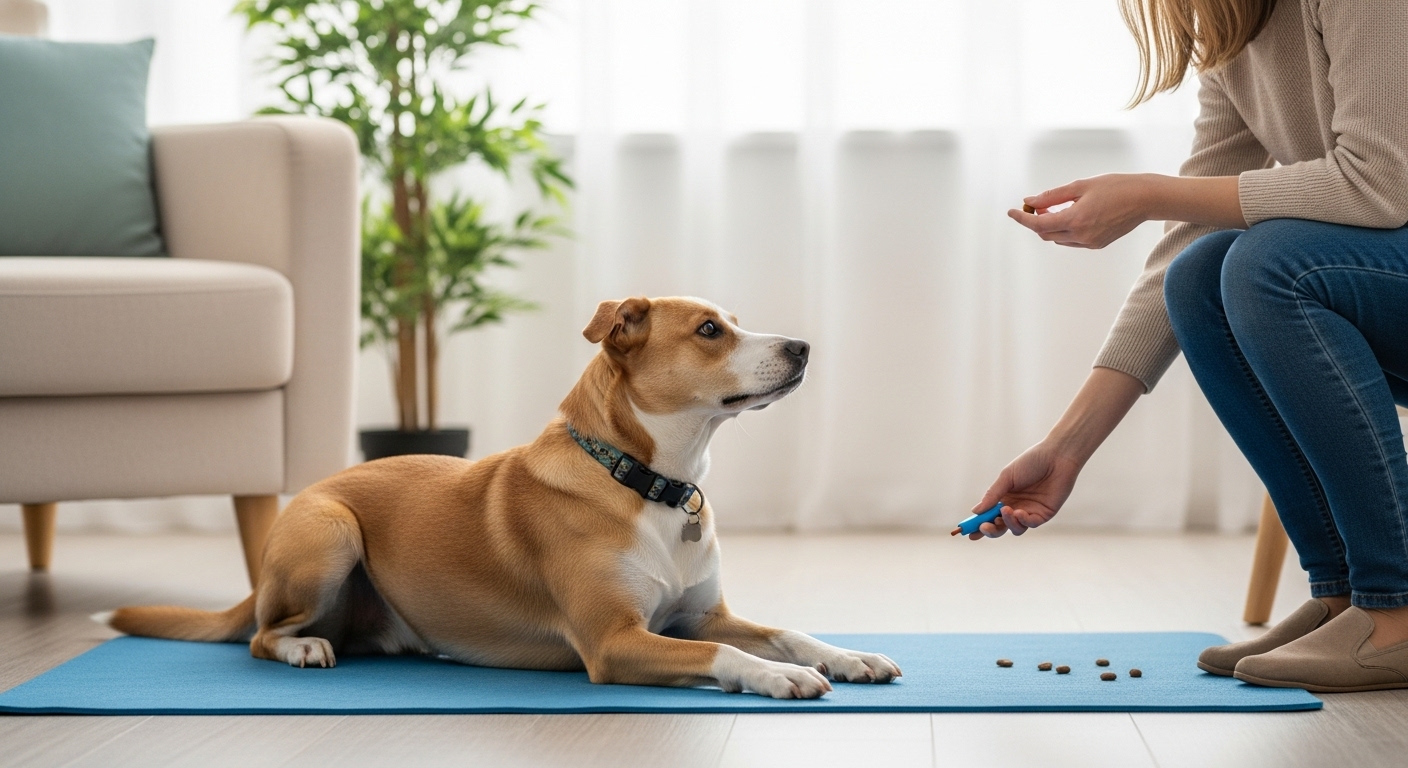Communicating with your dog isn’t just about spoken commands—it’s about learning their whole-body language, so you can prevent misunderstandings, nip unwanted behaviors in the bud, and deepen your bond. This guide covers key signals dogs use, how to respond effectively, and training strategies to encourage calm, confident behavior.
1. Why Body Language Matters
Dogs “talk” primarily through posture, facial expressions, and movement. By tuning into these cues, you can:
- Prevent Reactivity: Spot stress or fear before it escalates to barking or lunging.
- Build Trust: Validate your dog’s emotions, making them feel understood and secure.
- Train More Effectively: Reward not just “what” they do, but “how” they feel while doing it—calm focus wins over frantic compliance.
2. Key Canine Signals & What They Mean
| Signal | What It Means | How to Respond |
|---|---|---|
| Loose, Wagging Tail | Relaxed, friendly | Engage with praise, games, or light petting |
| Tucked Tail & Crouched | Fearful or anxious | Give space, speak softly, avoid direct eye contact |
| Stiff Body & Raised Hackles | Alert or defensive | Halt approach, increase distance, redirect attention |
| Yawning & Lip Licking | Stress or appeasement | Pause training, offer low-distraction activity |
| Play Bow (front down) | Invitation to play | Join the game with gentle play or fetch |
3. Redirecting Undesirable Reactions
🐾 From Fear to Focus
If your dog freezes or cowers at new stimuli:
- Create a “Safe Zone”: Use a baby gate or a mat as a retreat spot. Mark it with a cue like “Home.”
- Countercondition: Toss high-value treats (freeze-dried liver, cheese) toward the safe zone when the trigger appears.
- Increase Exposure Gradually: Over days, move the trigger slightly closer—always staying below your dog’s stress threshold.
🐾 From Over-Excitement to Calm
If your dog jumps or zooms around:
- Ignore Jumping: Face away and fold arms; only reward four-on-floor behavior with attention or treats.
- Teach “Place”: Train your dog to go to a mat and lie down. Reward duration—start at 2 seconds and build up.
- Reinforce Settled Behavior: During playtime, randomly cue “Place” and treat calm lying instead of re-engaging.
4. Training Techniques for Emotional Regulation
✅ Marker Training for Calmness
- Click or “Yes!” at the Instant your dog shifts from any active or stressed posture into a neutral or relaxed one.
- Treat Immediately to teach your dog that settling down is rewarding in itself.
✅ Breathing Breaks in Sessions
- After 3 correct responses, cue “Break,” release them from work, and let them sniff or explore freely for 30 seconds.
- Keeps arousal manageable and prevents training burnout.
5. Enrichment to Support Balanced Behavior
- Scent Work: Hide treats in boxes or snuffle mats to channel energy into nose-driven tasks.
- Interactive Toys: Treat-dispensing puzzles encourage problem-solving over barking or chewing.
- Structured Play: Short tug or fetch sessions—cue “Enough” to teach impulse control around high-arousal games.
6. Putting It All Together: A Sample Session
- Warm-up (2 min): Quick “Sit–Stay” sequence with high-value treats.
- Body-Language Check (1 min): Observe tail, ears, and posture; click/treat spontaneous calm signals.
- Impulse-Control Drill (3 min): “Place” mat duration training—build from 5 to 15 seconds.
- Enrichment Finale (3 min): Snuffle-mat for 2 minutes, then 1 minute of free play.
- Cool-down: Short belly rub or gentle brushing—signal session end with “All Done.”

